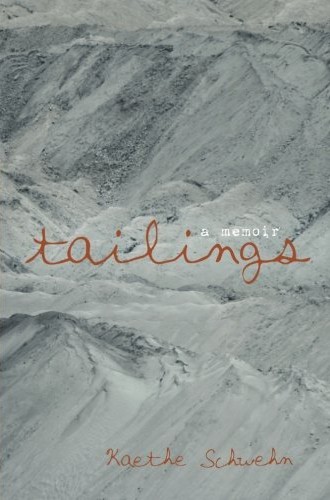Tailings: A Memoir, by Kaethe Schwehn
Holden Village, though firmly rooted in the Gospels and dedicated to values like community, justice, hilarity, and hospitality, is also a place of constant flux.” Thus begins this memoir of loss, quest, and initiation, which introduces a place and a spiritual geography.
The fact that Holden Village was once a mining camp in the state of Washington and is now a Lutheran retreat center puts Kaethe Schwehn into rich metaphorical territory. Tailings is an apt title: bright orange copper mine tailings are toxic and veritably eternal, perfect symbols for the “terrible beauty” of the post–September 11 world she describes.
The structure of this book follows a deceptively simple linear pattern: ten chapters, one for each month of the 2001–2002 academic year, when the author, in the midst of many transitions, chose to teach at Holden Village. During that year she hoped to recover from the wounds of a failed romantic relationship, occasionally painful memories of her parents’ divorce years before, and her uncertainty about the next step in her vocation to become a writer.





